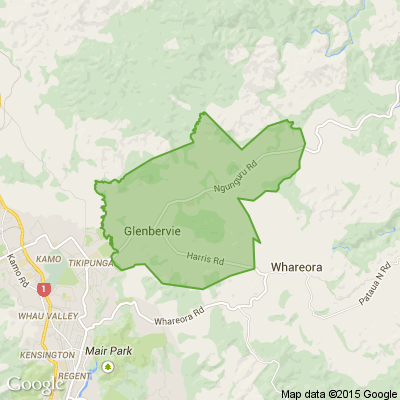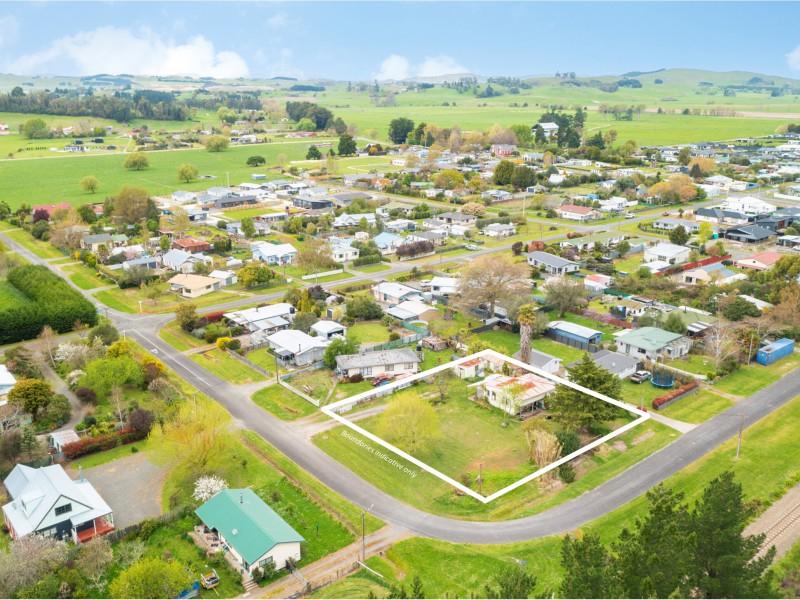What's In A Name Change?
In response to the recent crusade to rally support for a name change of a rugby team, let me be quite clear, I don’t care if the consensus decides they should be called “The Marshmallow Puffs”. The real issue of note here is the not so subtle underlying message that this call for a name change entails.
It’s a question of history.
Whether we like it or not, our history shapes us. It influences us now, and will influence our future and thus it’s vital we acknowledge that the measure of accuracy by which we as a nation perceive our past- will have a bearing on what sort of society we will be in the future.
For too long now I have observed a loosely unified ideology firmly controlling the general narrative, such that we have come to accept a gross distortion of our recent history which has become a political football to conform us. For too long we have played dumbly into the hands of an ideology bent on engineering our attitudes and shaping NZ society. And I don’t like where we are headed.
And now the Christchurch terror attacks are being used to further this agenda.
To put this in perspective, and because our recent history is perhaps too big of a game, a game we are not yet fit to tackle right now, I want to put some distance in here and go further back in time. In effect, the name change being demanded of the Crusaders is an issue being played out in the public square, and is somewhat going to be decided in the court of public opinion. Trial by media. But, as in every trial, things like truth, accuracy and justice are paramount. It is vital that we not be blindsided by prejudice.
The Crusades, a series of historical events, are being portrayed as an ugly blot on our track record. Being a nation comprised mostly of European descent and culture, the West, whose history we share, whose values we hold in common, are feeling the pressure of collective guilt. Guilt, as we know is a powerful tool in shaping who we are. But to focus entirely on the Crusades without taking into account the contextual background in which they took place opens a way for being manipulated into an unwarranted perception of ourselves.
Rightly or wrongly, the Crusades, some call the Christian Crusades, were an attempt to re-open and defend the pilgrimage routes to the “Holy Lands”. Though certainly violent, they weren’t acts of aggressive expansionism which had already been evident for hundreds of years and which provided the catalyst for them. In terms of time, the response from nominally Christianized nations were interspersed over the space of less than two hundred years against a background within fourteen hundred years of violent aggression. In numerical terms, the Crusades were 16 major battles, relative to over five hundred forty battles to overcome classical civilization. In geographical terms they took place in the immediate vicinity of the traditional routes of pilgrimage to the birthplace of Christianity in stark contrast to the deliberate extension of Islamic dominance from Spain in the west, east to Asia, from North Africa, the Middle East to the countries North of the Mediterranean.
It is crucial to put this in perspective, and I see no better way of doing it than by graphic representations courtesy of the Center for the Study of Political Islam.
The elephant in the room.
Some may claim that in presenting the history this way there is already a conflation of issues. We will no doubt be told, for instance, that there is a need to distinguish the violent aggressive expansionist programme of the Ottoman Empire from the ideology of the religion of Islam. But if that is to be, then why are we, on the other hand, told incessantly that the violence of the Crusades were directly attributable to the ideology of Christianity? Are there not double standards in the way we treat these issues?
The only way to really know whether the correlations are real is to study the source material, the ancient texts and also to rightly appreciate the effects these two opposing ideologies have had on human history.
Having spent the last couple of years coming to an understanding of Islam, it is clear that the correlation between 1400 years of bloody aggression and the ideology of Islam is no mere accident of history. On the other hand, it is equally clear that to blame the Crusades on the ideology of Christianity is not so clearcut. I would be happy to elaborate further.
I will be the first to admit, (and have already done so in a previous letter www.nzherald.co.nz...),
that the majority of the world's Muslim population are moderate, and appreciate the ideal of peace. However, Islam is, as the recent controversies regarding the Hijab have shown, a belief system with two faces. Just as many women expressed it, in the regions in which Islam has been practiced for centuries, the hijab is a mark of oppression, of subjugation. In the liberal West it is a sign of solidarity, of choice, of cultural expression, of peace and compassion, and each is a legitimate expression of Islam. And each appearance has a common goal. While we may think that this dualism, like a house divided against itself that cannot stand, will tear itself apart, it is in fact a direct consequence of the theology of Islam and is one of the reasons for it’s astounding expansion which isn’t confined to conquest by violence.
While Islam has many iterations, just as in Christianity, there is consensus on major issues. The apparent tensions between, peace and violent Jihad, between choice and compulsion, the contrast between difficulty in assimilation with other cultures, and the seeming contradiction to this with the appearance of Muslim people exerting an influence at every level of society- is not a sign of conflict within Islam, but an overarching expression of its brilliance.
To understand this one must venture into the musty halls of history and examine the life of Muhammad, beyond the scope of this letter.
In a very real way this issue, and whether or not it reaches the public at large, is a litmus test for knowing just how tightly the narrative is being controlled.
Live Q&A: Garden maintenance with Crewcut
This Wednesday, we are having another Neighbourly Q&A session. This time with John Bracewell from Crewcut.
John Bracewell, former Black Caps coach turned Franchisee Development Manager and currently the face of Crewcut’s #Movember campaign, knows a thing or two about keeping the grass looking sharp—whether it’s on a cricket pitch or in your backyard!
As a seasoned Crewcut franchisee, John is excited to answer your lawn and gardening questions. After years of perfecting the greens on the field, he's ready to share tips on how to knock your garden out of the park. Let's just say he’s as passionate about lush lawns as he is about a good game of cricket!
John is happy to answer questions about lawn mowing, tree/hedge trimming, tidying your garden, ride on mowing, you name it! He'll be online on Wednesday, 27th of November to answer them all.
Share your question below now ⬇️

Calling All Puzzle Masters! Can You Solve This?
When John was six years old he hammered a nail into his favorite tree to mark his height.
Ten years later at age sixteen, John returned to see how much higher the nail was.
If the tree grew by five centimetres each year, how much higher would the nail be?
Do you think you know the answer to our daily riddle? Don't spoil it for your neighbours! Simply 'Like' this post and we'll post the answer in the comments below at 2pm.
Want to stop seeing riddles in your newsfeed?
Head here and hover on the Following button on the top right of the page (and it will show Unfollow) and then click it. If it is giving you the option to Follow, then you've successfully unfollowed the Riddles page.

What's your favourite recipe for courgettes?
Kia ora neighbours. If you've got a family recipe for courgettes, we'd love to see it and maybe publish it in our magazine. Send your recipe to mailbox@nzgardener.co.nz, and if we use it in the mag, you will receive a free copy of our January 2025 issue.










 Loading…
Loading…








